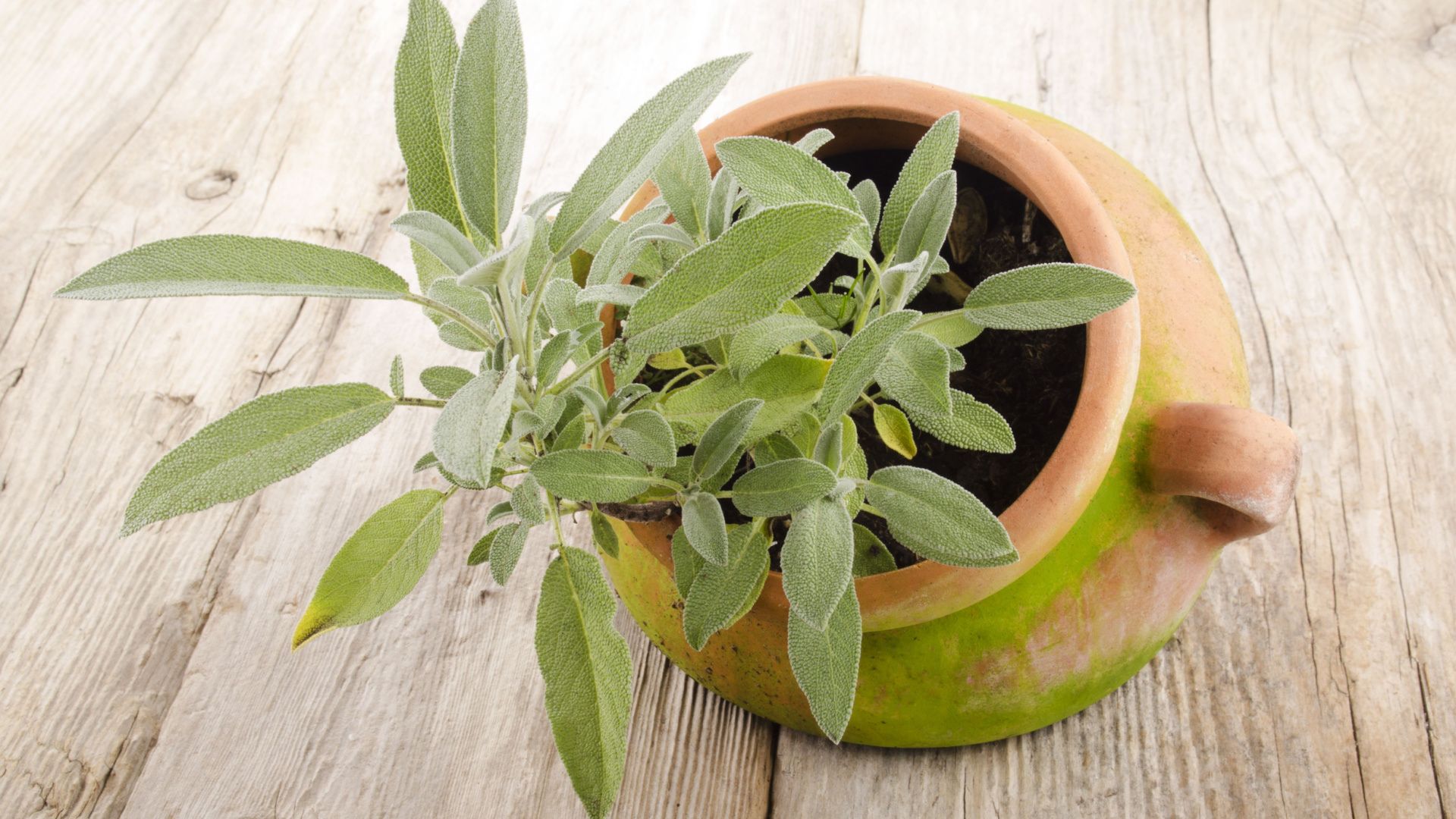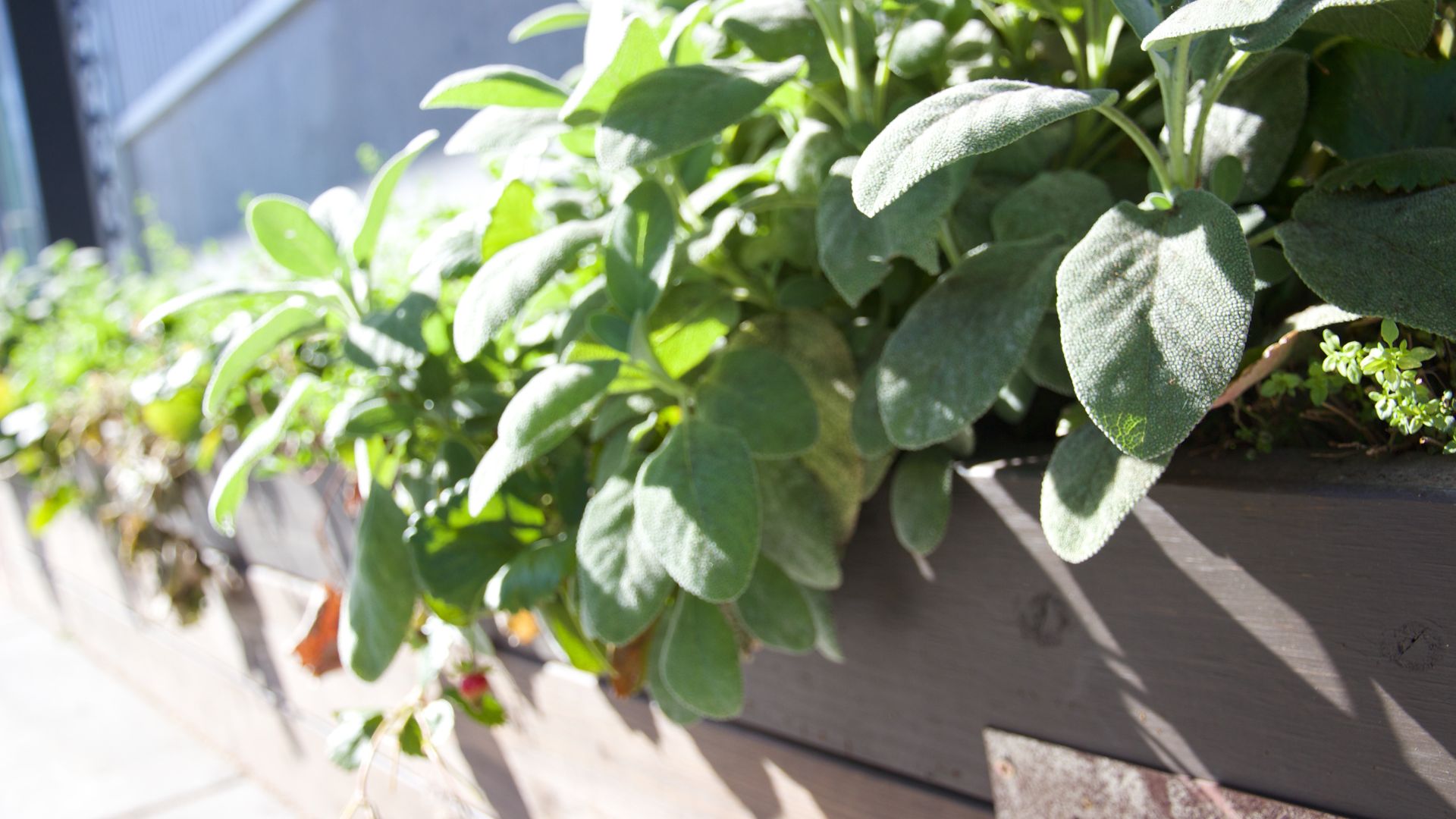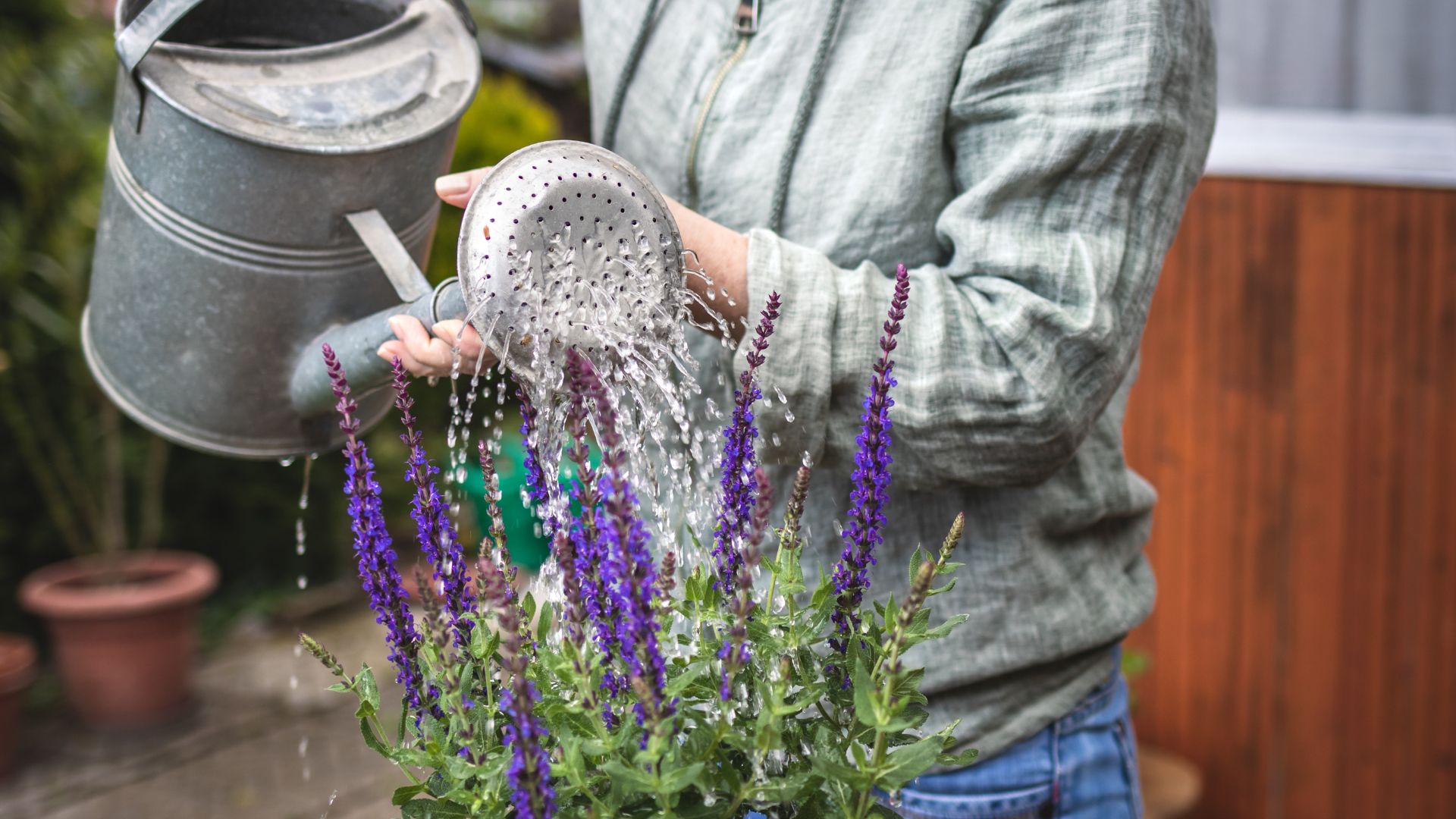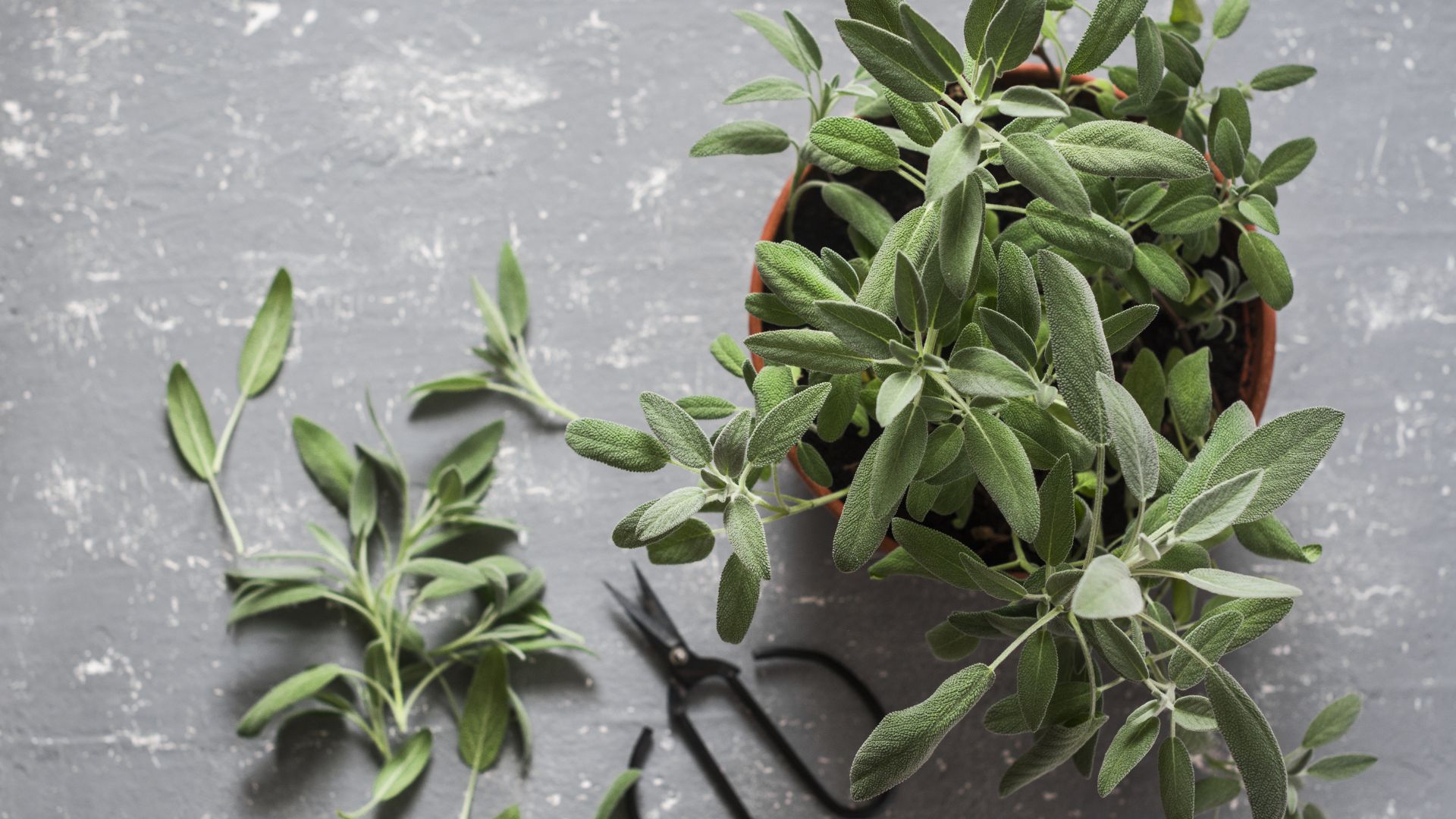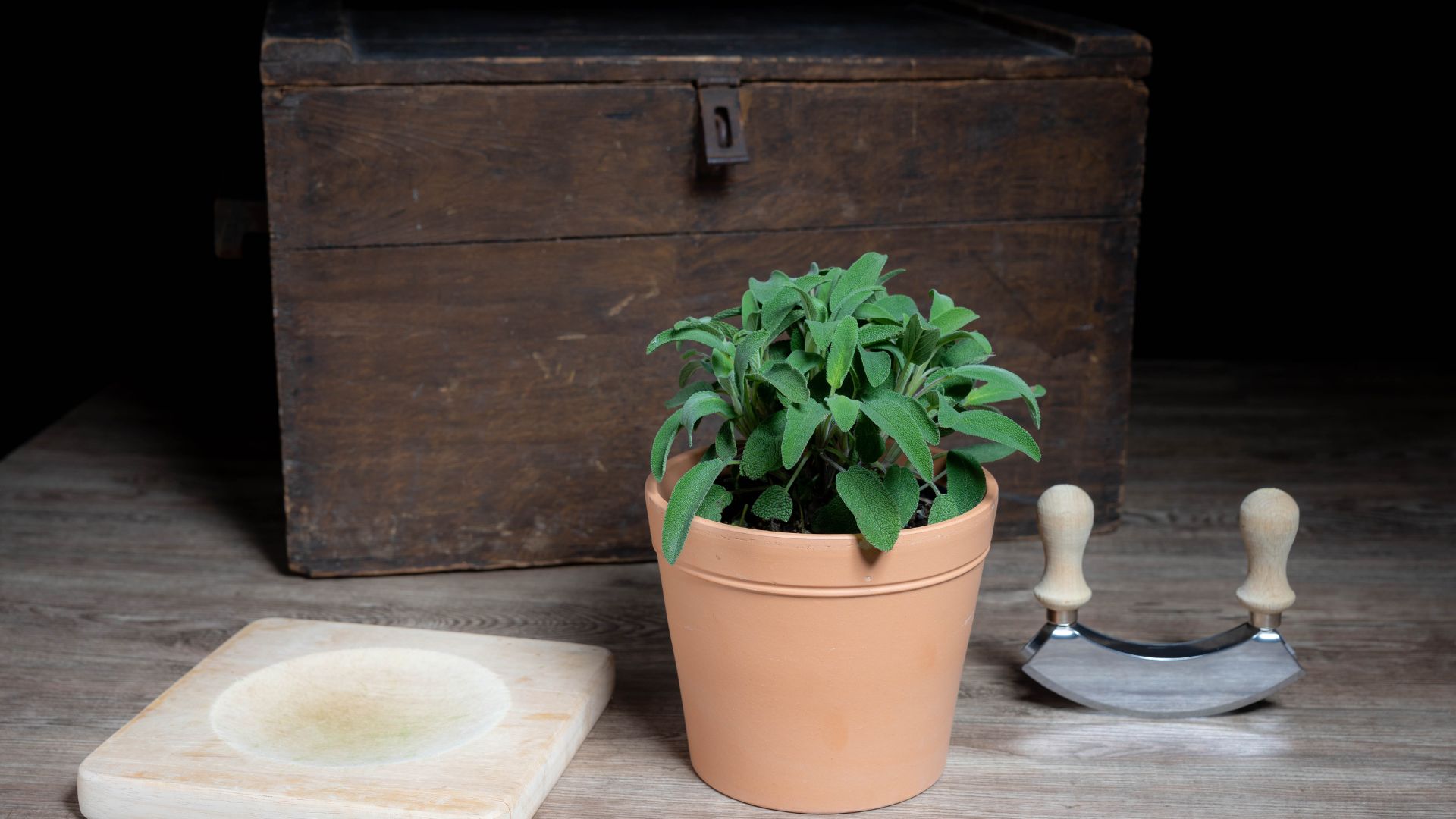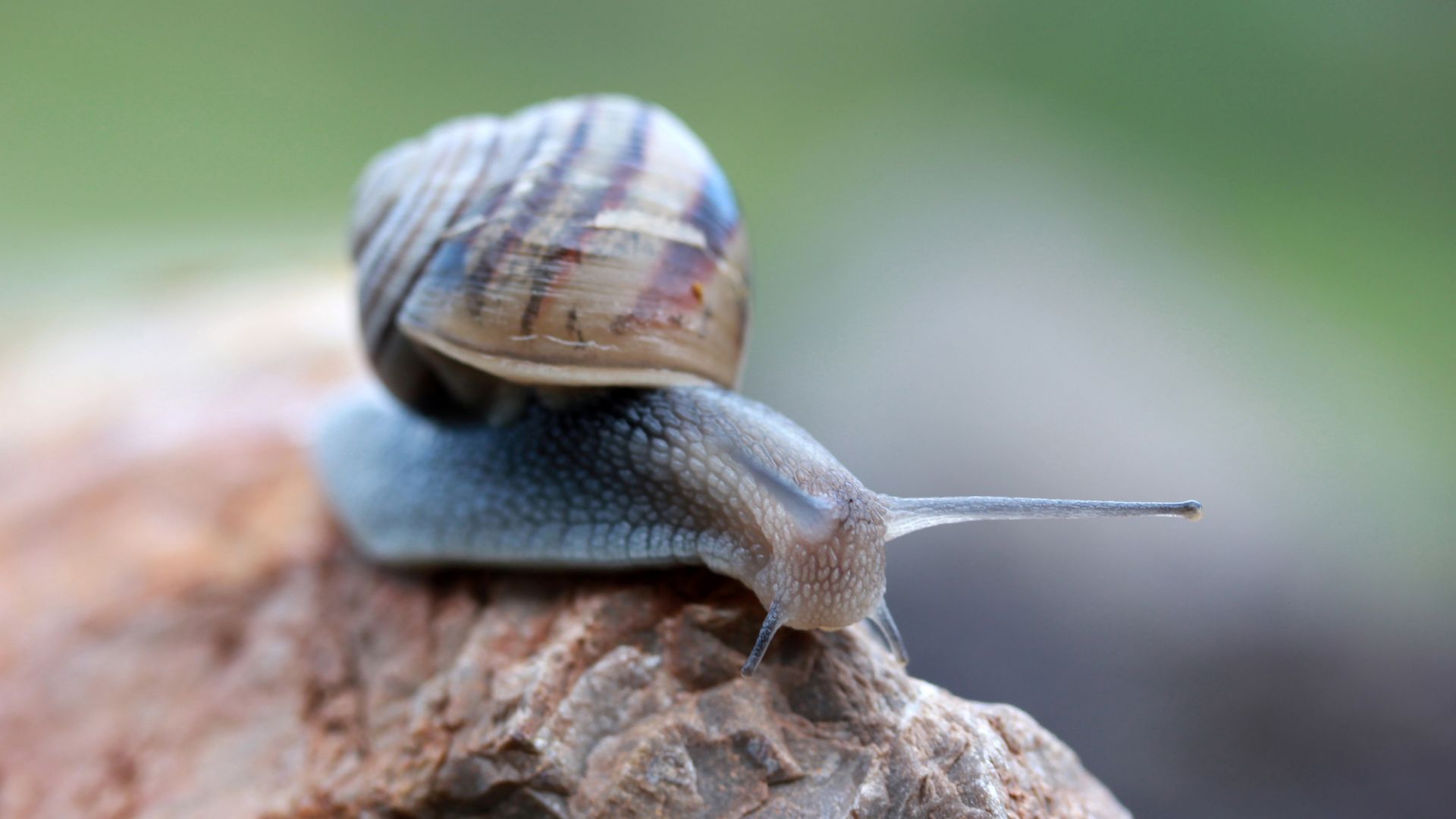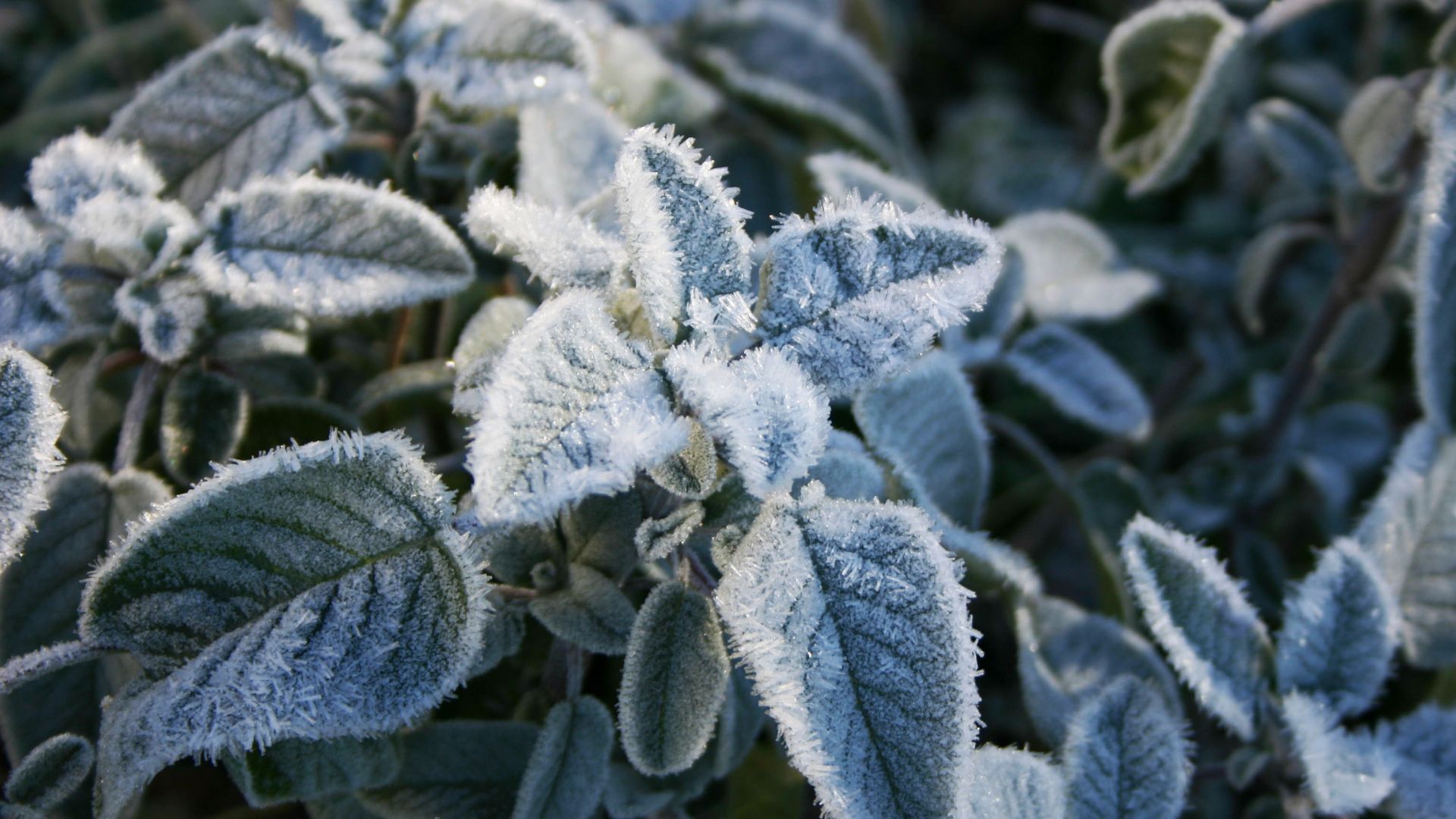Sage is one of my favorite culinary herbs. It grows in shrubs and doesn’t need that much to thrive.
It is evergreen, which means you can harvest it all year long without killing it. Its unique flavor makes it an amazing addition to soups, stews, pastas – everything!
The good news is that you can grow this aromatic herb in containers, raised beds, and in-ground gardens.
Here are some tips and tricks that will help you grow this aromatic Mediterranean herb like a pro!
Let’s get started!
#1 Choose The Right Location
The best time to transplant your sage outdoors is once the soil temperature reaches 60 or 70°F. Plant it in a well-drained mixture of sand and loam with a pH between 6.0 and 7.0.
Heavy and clay soils aren’t suitable options for sage. They will keep the plant soggy, lead to overwatering and root rot, and cause this herb to struggle.
If your garden soil is too compacted, you can always grow your sage plant in a pot. Fill the container with a well-draining potting mix, and it will flourish.
Proper lighting is another important factor that helps your sage thrive. This herb needs plenty of sunlight. A spot that gets at least 6-8 hours of direct light is perfect.
Sage is a herb that thrives in drier conditions. So, make sure to introduce plenty of air circulation by spacing each plant 18-24 inches apart.
Even though this herb doesn’t require fertile soils, it can still enjoy a well-balanced fertilizer at the time of planting.
#2 Beware Of Overwatering
As I already mentioned, sage prefers drier conditions. That means it likes its growing medium to be on the dry side.
Of course, newly planted sage plants need frequent irrigation to thrive. Once they mature and establish themselves in one location, you can reduce the amount of moisture you give them.
Water mature sage plants once the soil is dry to avoid overwatering. Too much moisture in the substrate will lead to root rot, and nobody wants that.
When irrigating this herb, water it until you notice excess moisture running through the bottom holes.
P.S. You’ll have to irrigate potted sage more often than in-ground sage because they dry out faster.
#3 Prune And Harvest Sage
You should harvest your sage regularly. This will promote new growth and keep your plant bushy. Do this in the morning for the best flavor because the aromatic oils are at their peak then.
Younger leaves taste best. You can consume them at once or dry them for future use. Take 6-8-inch long stems, tie them up, and hang them to dry. Store the dry foliage in containers and keep them in a cool, dark, and dry location.
And don’t forget to prune your sage bush at least once a year. This will prevent it from becoming woody and will control its growth. The best time to trim sage shrubs is in spring. That way, you’ll reduce the risk of freeze damage.
Finally, don’t forget to use disinfected, clean, and sharp pruners. It will prevent tearing and keep your sage safe from bacteria these tools can harbor.
P.S. Deadhead the spent sage flowers for a new flush of blossoms later in the season.
#4 Growing Sage Indoors
You can grow sage plants indoors as long as you provide them with plenty of sunlight. Keep them near your sunniest window or somewhere they can get at least 6 hours of light each day.
If you don’t have a spot in your home with these conditions, consider getting grow lights for plants. Keep them on for about 12-16 hours, and your sage will be fine.
Just make sure to place your plants at least a foot below the lights, and that’s it!
#5 Dealing With Common Pests And Diseases
What I love about sage is that pests and diseases don’t attack it that often. Another great piece of news is that there are many sage companion plants that will benefit from its pest-repellent ability.
Of course, sage isn’t a super plant. You may wake up one morning to find slugs munching on its leaves. Luckily, you can get rid of them by setting up barriers, beer traps, etc.
Some common diseases that may afflict this herb are root rot and powdery mildew. Both of them are a result of too much moisture. Ensure good air circulation around your plant, avoid overhead watering, and only irrigate it once the soil is dry.
Can Sage Survive Winters?
Sage is hardy in USDA zones 4-10, where it can tolerate winters quite well. If you live in cooler climates or experience harsh winters, there are some things you can do to protect this herb from freezing.
Cover it with a frost cloth, mulch it, and water it right before the temperature plunges below freezing.
Naturally, you can always grow this herb in planters. Once the weather gets too cold, move them indoors and you won’t have to worry about frost damage.
Or you can take your plant to a sheltered spot where it will be more comfortable.

